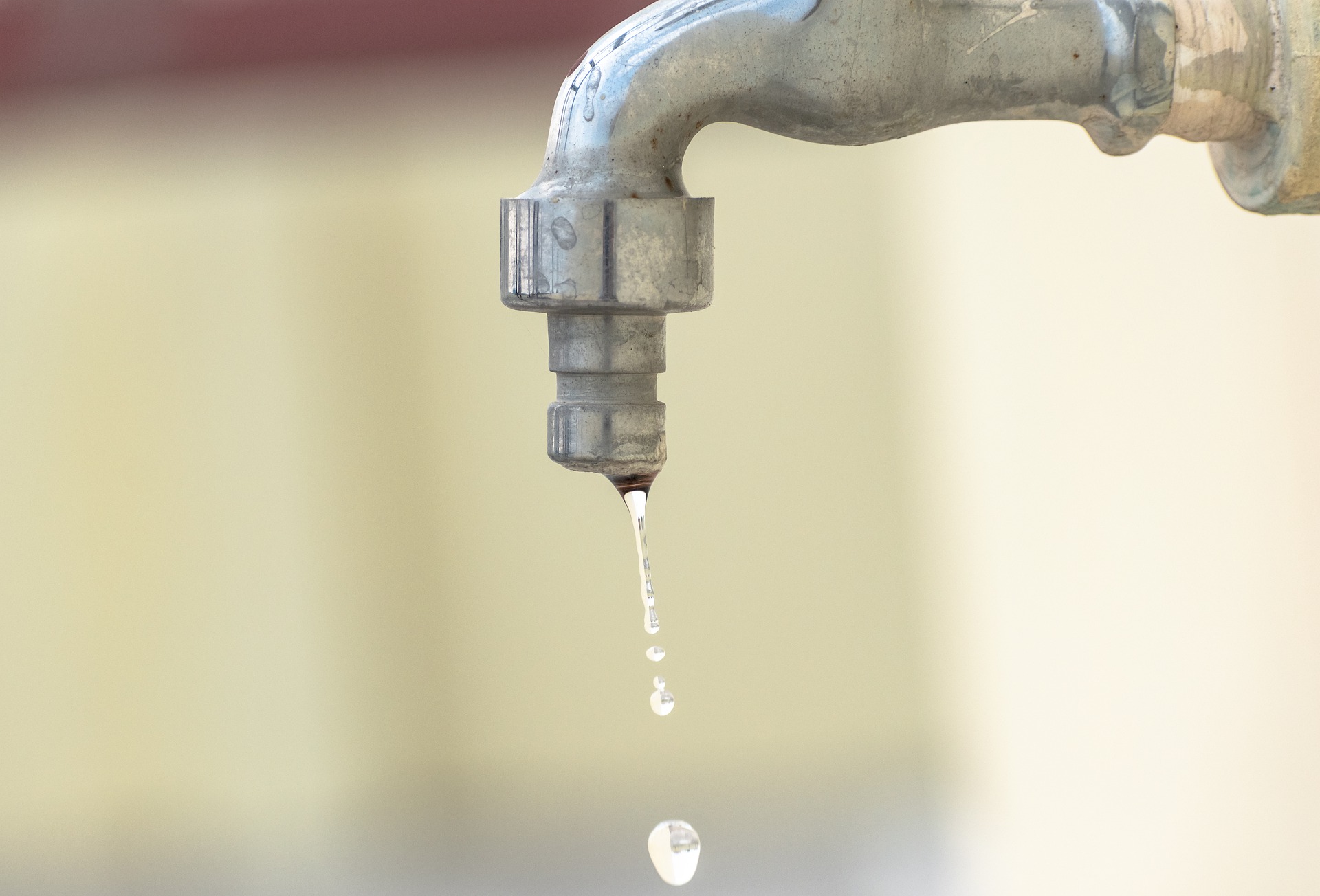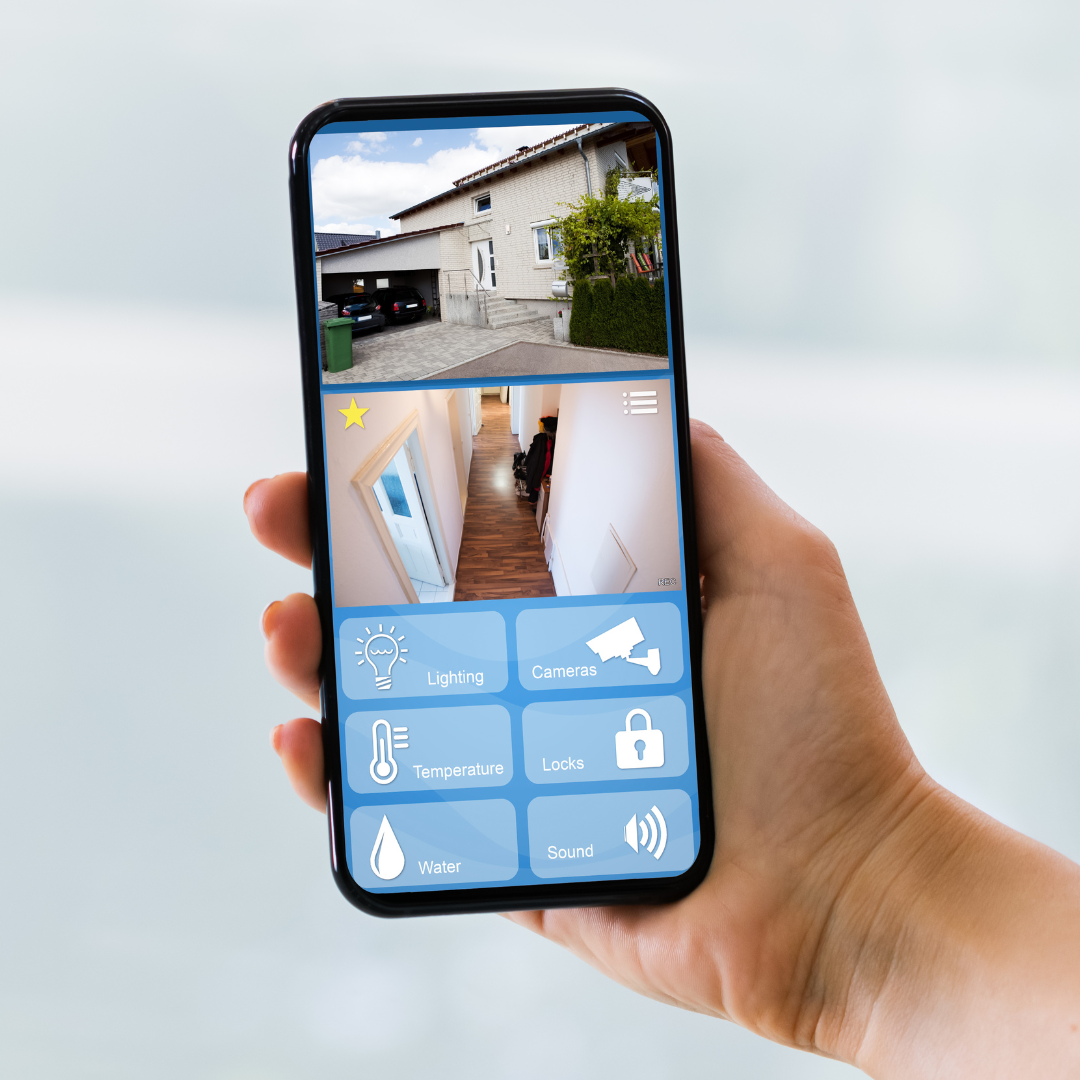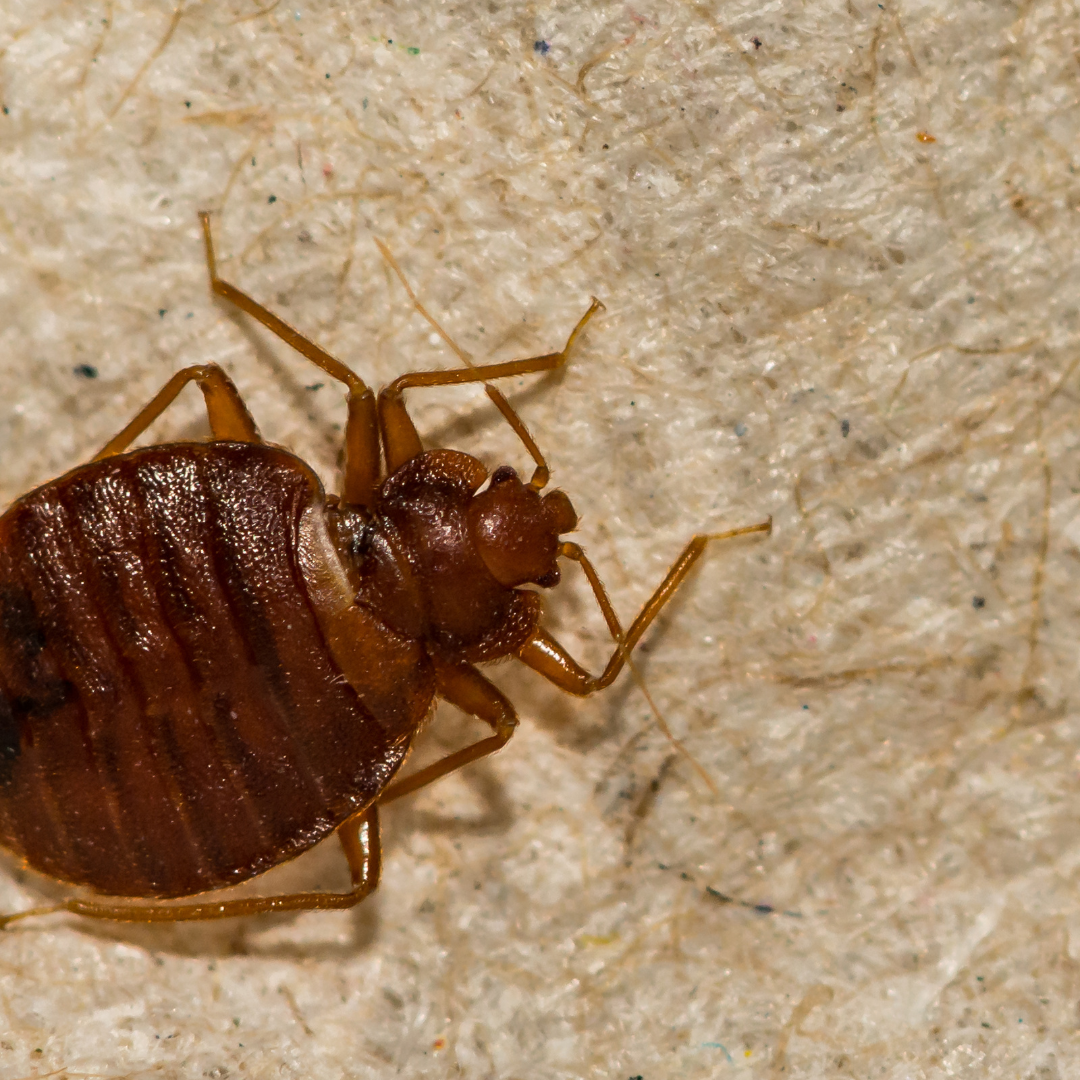Sometimes it’s easy to find the source of a leak – it could be a simple case of following the drips. But in many cases, leaks aren’t easy to locate and require a bit of detective work to get to the source. Here are a few tips to help you locate a leak in your home.
Is it a rainwater leak?
Rainwater can leak in through a roof, a wall, or a window. Such leaks tend to be more noticeable after periods of heavy rainfall.
Infra-red technology can be used to find the source of these leaks. This will help narrow the source and get the repairs needed quicker.
A roofing company or a window installation company may be able to help you find the source of the leak and fix it for you. It could be a simple case of caulking up a crack or it could be a case of replacing an entire roof or window depending on how severe it is.
Is it a groundwater leak?
If you’ve got a leak in your basement, it could be groundwater leaking in through a crack. It is a good i
There are basement repair specialists who will be able to get to the source of such a leak. Foundation repairs may be necessary or you may need to get a damp-proof course fitted.
Is it a plumbing leak?
The leak could be coming from a pipe or a fixture. Emergency plumbers should be called out if this is the case – plumbing leaks can cause serious damage to your home if not repaired.
Water pipe leaks tend to be the most common. Signs that it is a damaged water pipe include low water pressure, unusually high water bills, or noticeable water damage after using a certain faucet. Such pipes may be located within walls or under the floor and may not be easy to pinpoint without professional help.
If it’s a leak from a sewer pipe, the leak will usually be accompanied by a pungent smell. Such leaks are common in basements or you may notice odor and dampness seeping up through the floor.
A leak could also be coming from an appliance such as a washing machine or a fixture such as a bathtub. This could be the result of a broken seal. An appliance repair technician may be needed in the case of faulty appliances.
Is it just condensation?
Sometimes condensation can be to blame. Humid air can come into contact with a pipe or a window and turn to water, which can cause dripping and serious damp issues in some cases.
The solution could involve installing foam pipe insulation or buying a moisture eliminator to put by a window.












